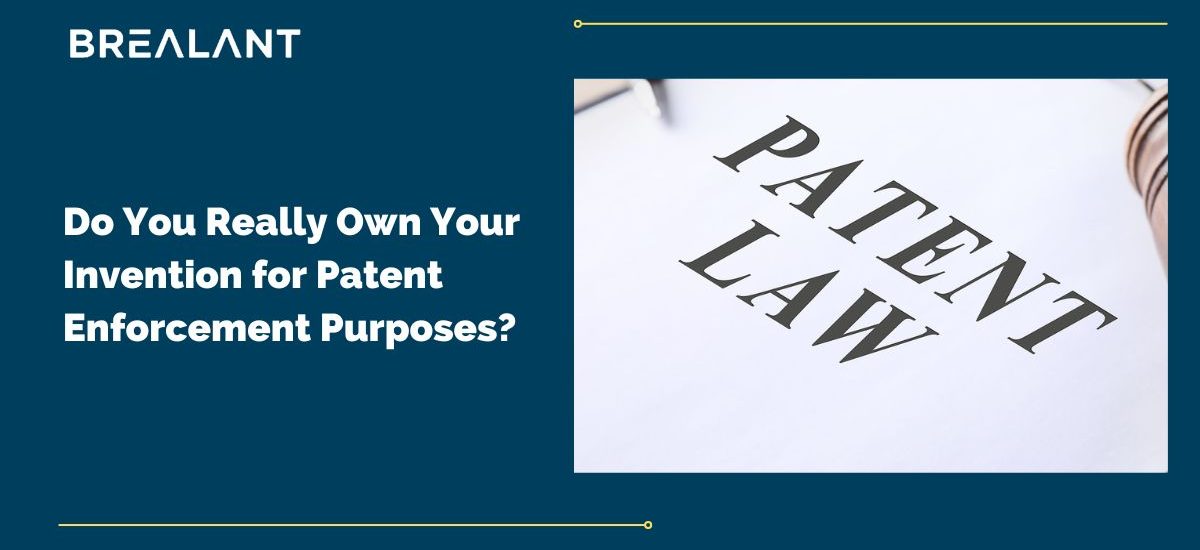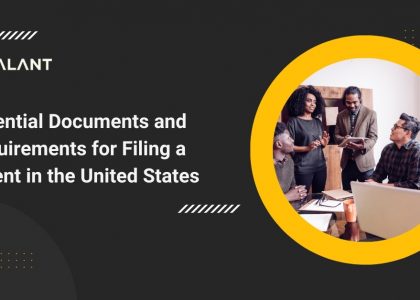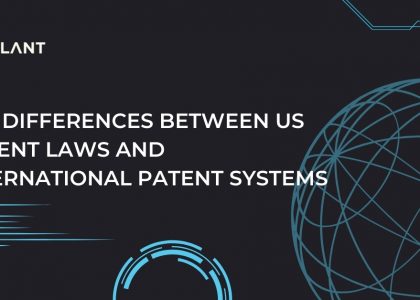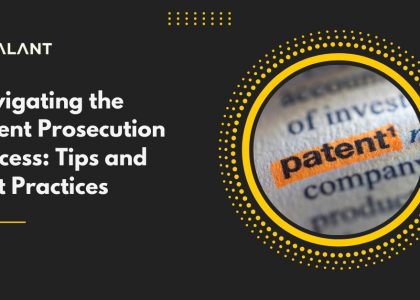Intellectual Property refers to the unique creation of the mind that requires IP protection to protect them from infringements. Every unique idea or invention needs to be protected to preserve the author’s ownership for a longer period.
The WIPO (World Intellectual Property Organization) has enforced certain international laws and regulations to protect intellectual Property. The four intellectual property types that need to be protected by IP laws are Trademarks, Patents, Copyrights, and Trade secrets. In this article, let us look at the importance of patents and enforcing patent actions (in case of infringements).
Patents – An Overview
A patent is any idea, invention, or creation of an individual protected to prevent others from using, selling, or modifying it without legal permission or license. Once a patent is registered with the USPTO (United States Patent and Trademark Office), patent owners have the right to file a lawsuit against anyone who infringes on their patent. Four types of patents can be registered under the USPTO, each with a different validity period.
- Provisional Patent: Effective up to a year from the filing date.
- Non-Provisional Patent (Utility Patent) protects your rights for about 20 years from the filing date.
- Design Patent: It protects your unique design related to or the appearance of your products for up to 14 to 15 years (depending on whether you filed before 13 May 2015 or after 13 May 2015).
- Plant Patent: Any asexually created plants you invent can opt for a plant patent, which is valid for 20 years.
Patent Application and Protection
Any inventor who wants to protect their unique ideas and inventions from others can file a patent under the USPTO. To apply for patent registration,
- Research whether your invention is completely new, unique, and not similar to other existing inventions.
- After the research, file a patent application with all the required information, clearly stating your patent’s description.
- Pay the fees that are mentioned.
- Your patent application will be examined. Perform the necessary modifications to your application (If there are any).
Once the patent has been registered under the USPTO, no one can use or sell the invention other than the patent owner. Suppose a patent owner finds anyone who infringes on their invention. In that case, they can file a lawsuit against them and demand royalties or monetary losses for using their patent. Only the patent owner can sell or license the patent to another company.
Patent Enforcement during different stages
Patent Enforcement refers to the process of enforcing the exclusive rights on the patent in case of illegal usage or infringement. The patent enforcement actions depending on the current state of a patent.
- Not yet patented: In this state, the patent has not yet been documented or registered under the USPTO. You have only processed your idea, and it has no protection against infringement. You should carefully protect your ideas at his stage, and no actions can be taken in case of infringements.
- Documentation: In this stage, your invention will be documented, which is the first step of patenting. At this step, your invention can be protected to some extent but is not fully protected.
- Patent Pending: This stage refers to when you have submitted your patent application to the USPTO and are waiting for approval. Once your patent has been filed with the USPTO, your patent is legally protected against infringements and unauthorized usage.
- Patent registered: Once your patent has been registered under the USPTO, you can have all the legal rights and take action against anyone who tries to infringe your invention.
- Patent expired: Once a patent is expired (either after the expiry period or before that), the patent owner no longer has the right to protect their patent from anyone as it will come under the public domain. However, the patent owner can still raise complaints for the infringements that happened during the validity period.
To Sum Up
Once an infringement has been found, the patent owner can file a lawsuit against the party. The court can now issue an injunction to stop them from further selling or using it. Additionally, the infringing party must pay the patent owner royalties for using their invention. Before filing an infringement suit against anyone, the patent has to make sure that the patent is still valid. I hope this blog explains how to use patent enforcement carefully to protect a patent from illegal usage.
Disclaimer-Brealant provides access to independent attorneys and self-service tools, is not a law firm, and does not provide legal advice.










